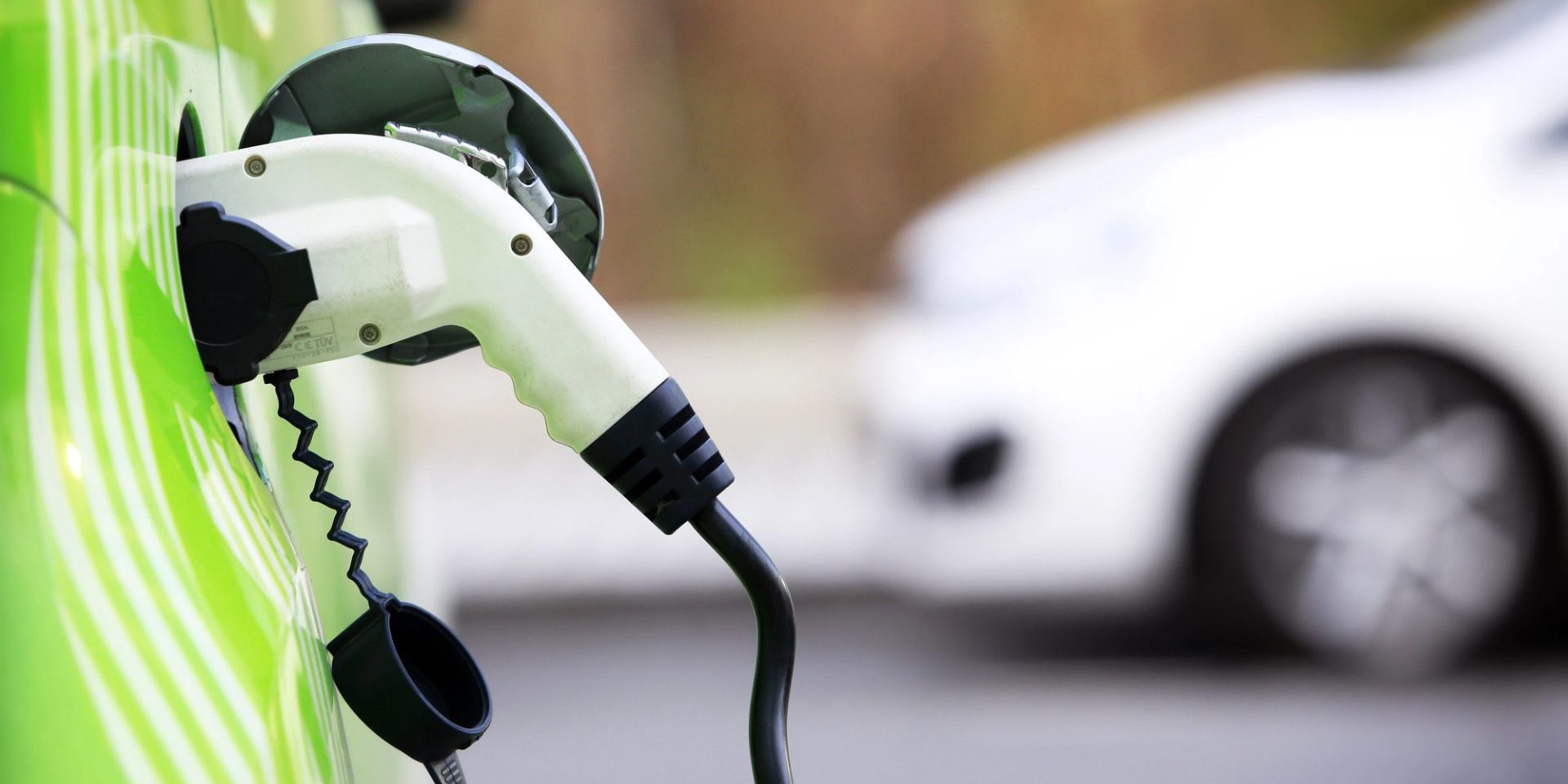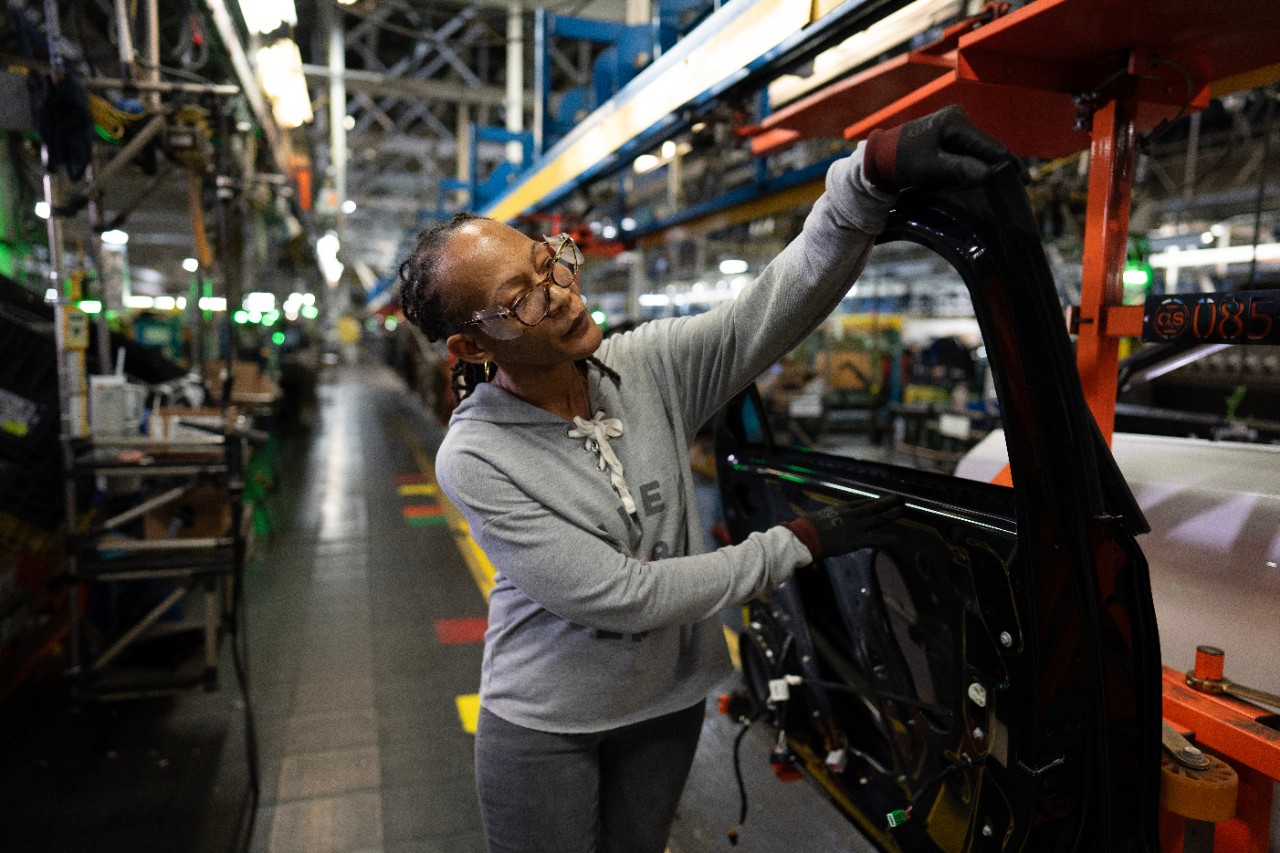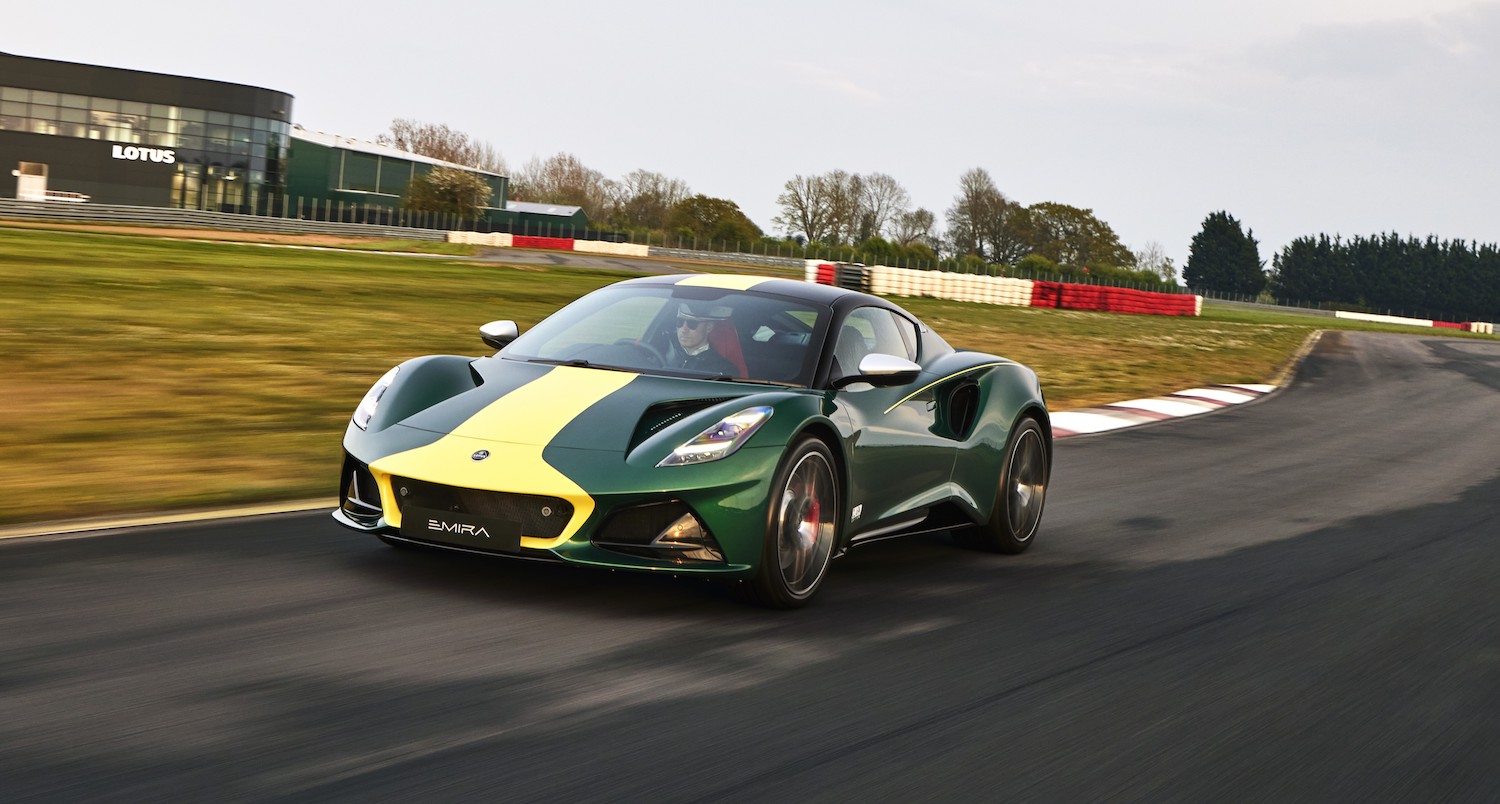Incentives needed to convert ‘electric sceptics’ to EV benefits


The automotive industry has called on government to act fast to convert Britain’s electric sceptics to the benefits of EVs, by using purchase incentives to stimulate greater demand. Such measures would boost the market by a further 15% on top of current outlooks – delivering a total of two million new EVs by 2028, increasing business for chargepoints, insurance, maintenance and other sectors, while drastically reducing road transport emissions.
New modelling by the Society of Motor Manufacturers and Traders (SMMT) suggests that under current market conditions, 1.782 million new EVs will be registered between 2025 and 2027. Growth could be accelerated, however, by halving VAT on new EV purchases which would drive up demand by a further 15%, putting 267,000 additional new EVs – rather than fossil fuel vehicles – on the road. This would raise registrations to 2.05 million electric vehicles – all requiring charging, insurance, maintenance and energy services, and ultimately increasing supply into the used car market.1
While such a step would incur a temporary cost to the Treasury – an average of around £1,000 per car – the past five years have seen the UK government accrue a £2.5 billion VAT receipt windfall as EV uptake has increased tenfold.2 The measure, when combined with flexible regulation and mandated chargepoint rollout, would help drive a bigger and cleaner new car market, driving down CO2 emissions by six million tonnes a year – equivalent to cutting UK aviation emissions by almost a sixth and stimulating growth nationwide.3
Manufacturer investment has enabled plentiful supply of EVs with more than 1.3 million now on the road. This has been driven by an ever wider choice, with more than 130 EV models now available and an average range of almost 300 miles on a single charge. Despite this growth, natural demand must still be lifted if the Zero Emission Vehicle (ZEV) Mandate targets are to be achieved. These targets, drawn up under more optimistic market conditions and when energy and raw material costs were expected to fall, are putting huge pressure on the sector with automotive manufacturers forced to underwrite the transition to the tune of £4.5 billion worth of unsustainable discounting offered UK buyers last year alone.
A new survey by SMMT, conducted by Censuswide, reveals that 23.1% of would-be new car buyers surveyed plan to get into an electric car between now and 2028 – an encouraging base, but well below the government’s aspiration, which calls for a 28% EV market share this year alone.4 Furthermore, the survey also suggests that the EV market is highly reliant on drivers who have already gone electric, comprising almost half (48.7%) of respondents – while fewer than one in eight (11.6%) new buyers polled are actively intending to switch to an EV. The positive news from this survey, however, is that the market could be transformed with government support. Purchase incentives would transform the market, along with greater chargepoint rollout and a reduction in the cost of charging through a VAT cut, would encourage around two in five consumers to drive electric. This would deliver huge carbon savings and ensure a vibrant and bigger new car market that increases business for all sectors.
Mike Hawes, SMMT Chief Executive, said, “Manufacturer investment has meant ten times as many drivers are going electric compared with just five years ago. This is great progress but, with the right support for consumers, we can go beyond current expectations to put a total of more than two million new EVs on the road by 2028. Government investment to convert the ‘electric sceptics’ would energise business across the country far beyond just the automotive sector. Every stakeholder would benefit from the impact of consumer incentives which, when combined with binding targets for chargepoint rollout and more flexible regulation, would create a virtuous circle of rising demand that stimulates green economic growth.”
The new SMMT publication, In It Together: Why every sector wins with EV volume, published today, explores how larger EV volumes boost business for multiple sectors beyond automotive, and how those same sectors can play a vital role in driving up EV uptake themselves – creating a virtuous carbon-cutting circle of economic growth, cleaner mobility and social change.
Growth created by a greater volume electric car market would also support the transition across all road transport. Better infrastructure rollout, more cost-effective insurance and ample EV maintenance provision would help accelerate the van market’s transition – a sector which is also governed by the ZEV Mandate. A larger EV fleet overall would also lead to more investment in grid connections, supporting depot charging, which is essential to de-risking investment in zero emission HGVs. a significant challenge given that most new trucks will need to be zero emission from 2035. Given this is just one buying cycle away for most fleets – and the current ZEV HGV market share is 50 times lower than in the new car market – the need for urgent action is self-evident.
Notes:
1 Based on SMMT modelling and analysis
2 Based on new BEVs and ICE registrations replacing existing ICE vehicles on the road. UK aviation emissions in 2019: 37.8Mt
3 Based on SMMT analysis
4 Methodology: Survey conducted by Censuswide, among a sample of 2,000 UK Consumers who intend to buy a brand-new car within the next 3 years (Nat Rep 16+). The data was collected between 04.03.2025 – 10.03.2025. Censuswide abides by and employs members of the Market Research Society and follows the MRS code of conduct and ESOMAR principles. Censuswide is also a member of the British Polling Council.










